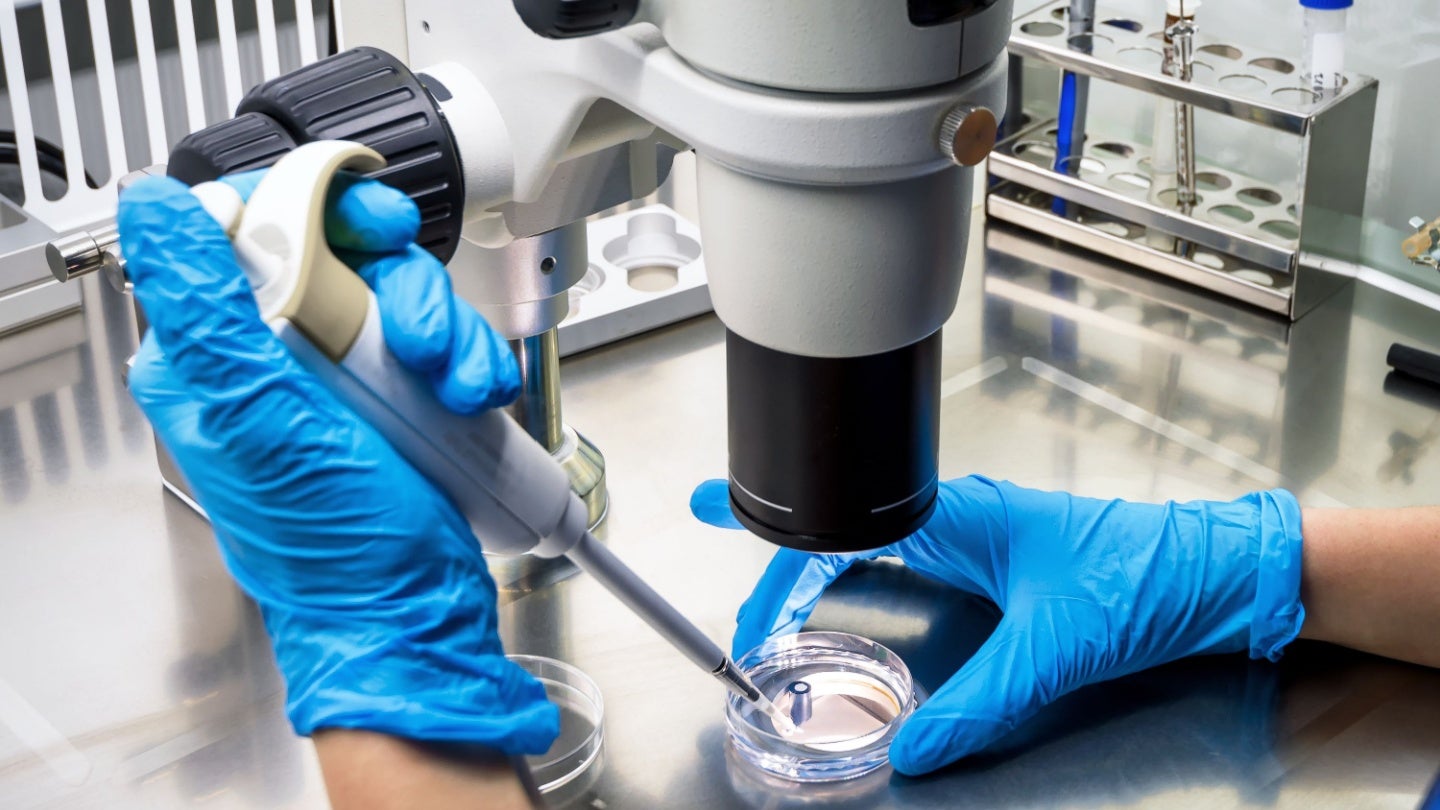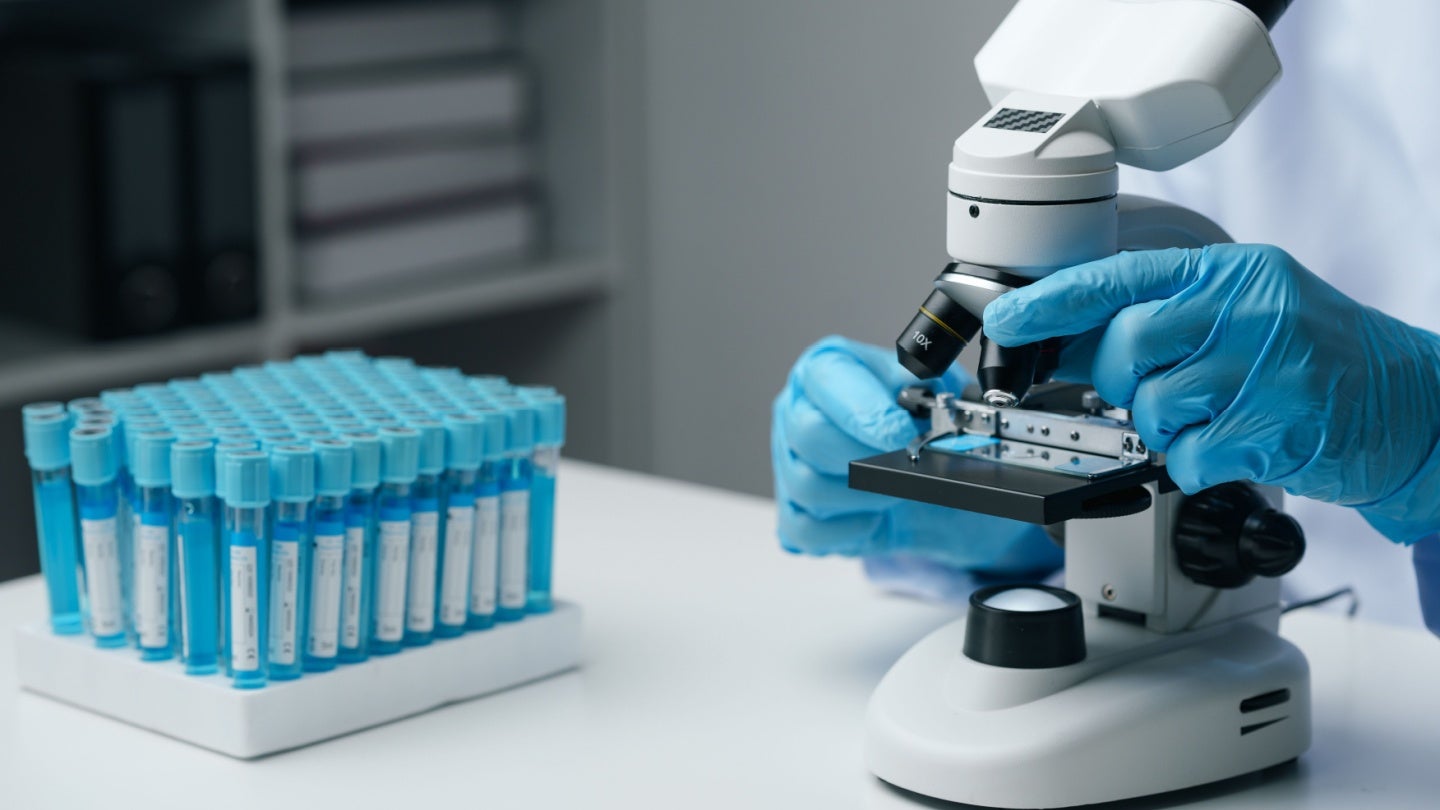Pandora’s Microbes: Unraveling the Lung’s Iron War
In the intricate and competitive environment of the human body, bacteria of the genus Pandoraea have long remained an enigma to scientists. These microorganisms, named evocatively after Pandora’s box from Greek mythology—a symbol of hidden and uncontrollable dangers—pose a significant health risk due to their pathogenic nature and antibiotic resistance. Yet, a groundbreaking new study […]


In the intricate and competitive environment of the human body, bacteria of the genus Pandoraea have long remained an enigma to scientists. These microorganisms, named evocatively after Pandora’s box from Greek mythology—a symbol of hidden and uncontrollable dangers—pose a significant health risk due to their pathogenic nature and antibiotic resistance. Yet, a groundbreaking new study reveals a surprising duality: Pandoraea bacteria are not merely harmful invaders but also producers of novel antibacterial compounds that could shape their own survival and influence lung microbiomes in ways previously unimagined.
Research led by Elena Herzog at the Leibniz Institute for Natural Product Research and Infection Biology (Leibniz-HKI) has pushed the boundaries of our understanding of these elusive pathogens. These bacteria are found primarily in the lung microbiomes of patients with cystic fibrosis or sepsis, where their virulence and survival strategies have been scarcely characterized until now. Herzog and her team leveraged advanced genomic and chemical analysis techniques to decode the molecular mechanisms that underpin Pandoraea’s adaptation to hostile environments like the human lung, often starved of vital nutrients.
Central to this adaptation is iron, an essential but limited resource within the host environment. Iron acts as a critical cofactor for bacterial enzymes and supports the electron transport chain, fundamental for cellular respiration. Due to its scarcity in iron-restricted physiological niches, bacteria often synthesize siderophores—small, high-affinity iron-chelating molecules that scavenge and transport iron back into the bacterial cell. Yet, despite its importance, Pandoraea’s siderophore production and iron acquisition mechanisms remained a mystery until this recent publication.
.adsslot_O2jmvXfATr{width:728px !important;height:90px !important;}
@media(max-width:1199px){ .adsslot_O2jmvXfATr{width:468px !important;height:60px !important;}
}
@media(max-width:767px){ .adsslot_O2jmvXfATr{width:320px !important;height:50px !important;}
}
ADVERTISEMENT
Herzog’s team conducted a meticulous bioinformatic search within Pandoraea genomes and identified a previously uncharacterized gene cluster named pan. This cluster encodes a non-ribosomal peptide synthetase (NRPS), an enzyme class renowned for the biosynthesis of complex natural products including siderophores. NRPS enzymes do not use the typical ribosomal machinery but instead assemble peptides via modular enzymatic domains, allowing for remarkable chemical diversity and specificity. This feature positioned the pan gene cluster as a prime candidate responsible for siderophore biosynthesis in Pandoraea.
Following this genetic insight, the researchers applied a multifaceted experimental strategy. By employing targeted gene knockouts alongside cutting-edge analytical methods such as mass spectrometry and nuclear magnetic resonance (NMR) spectroscopy, the team uncovered two entirely new natural products: Pandorabactin A and Pandorabactin B. These novel siderophores demonstrated a potent ability to chelate iron, providing Pandoraea bacteria with a highly efficient mechanism to secure this vital nutrient under iron-depleted conditions typical of the human body.
Beyond allowing Pandoraea to thrive in adverse environments, Pandorabactins appear to be biochemical weapons in microbial turf wars. Subsequent assays revealed that these siderophores can inhibit the growth of cohabiting bacterial genera such as Pseudomonas, Mycobacterium, and Stenotrophomonas. By sequestering iron from competing microbes, Pandorabactins effectively reduce the bioavailability of iron, thereby suppressing rival bacterial populations. This competitive edge not only enhances Pandoraea‘s survival but also could cause significant shifts in the pulmonary microbial ecological landscape.
To explore the clinical implications of these findings, Herzog and collaborators analyzed sputum samples from cystic fibrosis patients. They discovered a correlation between the presence of the pan gene cluster and altered lung microbiomes, suggesting that Pandorabactins actively modulate microbial community dynamics during disease states. This insight sheds light on how pathogenic bacteria may manipulate the host environment and microbial ecosystems simultaneously, influencing both the progression of infection and the efficacy of treatments.
Despite these compelling discoveries, Herzog cautions against premature medical extrapolations. The complexity and delicacy of microbiome interactions require nuanced understanding before such molecules can be harnessed therapeutically. Nonetheless, the identification of Pandorabactins enriches our knowledge about bacterial survival strategies and underlines the intricate biochemical arms race unfolding within the human body, where competition for scarce resources drives evolutionary innovation.
This landmark study exemplifies the power of interdisciplinary cooperation. Conducted through collaboration among the Leibniz-HKI and universities in Jena, Heidelberg, and Hong Kong, it benefited from state-of-the-art instrumentation such as imaging mass spectrometry—funded in part by the European Union and the Free State of Thuringia. These technical advancements allowed for precise molecular characterization and spatial analysis of siderophore production in bacterial cultures, unmasking the subtle molecular dialogues operating at the microbial scale.
Understanding siderophore-mediated interspecies competition provides a promising framework for future research. Such knowledge could inform novel antimicrobial strategies that disrupt iron acquisition systems or modulate microbial competition to restore healthy microbiota balance. Given the rise of antibiotic resistance and the therapeutic challenges it presents, natural products like Pandorabactins offer a tantalizing glimpse of new biochemical tools that nature has honed through millennia.
The discovery of these antibacterial siderophores not only challenges previous assumptions about Pandoraea pathogens but also emphasizes the broader ecological and clinical importance of microbial chemical warfare. It highlights the need for deeper exploration into microbial metabolites and their systemic impacts within diseased tissues, particularly in chronic infections where complex microbial consortia prevail.
Future studies will likely uncover more about the biosynthesis pathways behind Pandorabactin production, their regulation, and the precise molecular interactions with host tissues and microbial competitors. Such research holds hint for unlocking new avenues in infectious disease treatment, biomarker discovery, and microbiome engineering—fields at the cutting edge of modern biomedical science.
As Herzog and her colleagues continue their exploration of Pandoraea and its intriguing metabolites, the scientific community is reminded that even the most poorly understood pathogens can harbor secrets with the potential to revolutionize our grasp of microbiology, infection biology, and drug discovery. The race for iron within the human body is but one battlefield in the vast microbial ecosystem, and with each uncovering, we edge closer to novel approaches to combat infectious diseases.
Subject of Research: Antibacterial siderophores produced by Pandoraea pathogens and their role in lung microbiome dynamics
Article Title: Antibacterial Siderophores of Pandoraea Pathogens and Their Impact on the Diseased Lung Microbiota
News Publication Date: 10-Jun-2025
Web References: http://dx.doi.org/10.1002/anie.202505714
Image Credits: Elena Herzog, Leibniz Institute for Natural Product Research and Infection Biology – HKI
Keywords: Pandoraea, siderophores, Pandorabactin, iron acquisition, lung microbiome, cystic fibrosis, non-ribosomal peptide synthetase, bacterial competition, natural products, antibiotic resistance, microbiota, mass spectrometry
Tags: advanced genomic analysis of bacteriaantibiotic resistance in pathogensduality of pathogenic and beneficial microbesecological interactions of lung bacteriahealth risks of antibiotic-resistant bacteriairon acquisition in bacterial survivallung microbiome in cystic fibrosismicrobiome research and infection biologynovel antibacterial compounds from Pandoraeanutrient limitations in the human bodyPandoraea bacteria in human lungspathogenicity and virulence of Pandoraea
What's Your Reaction?


































